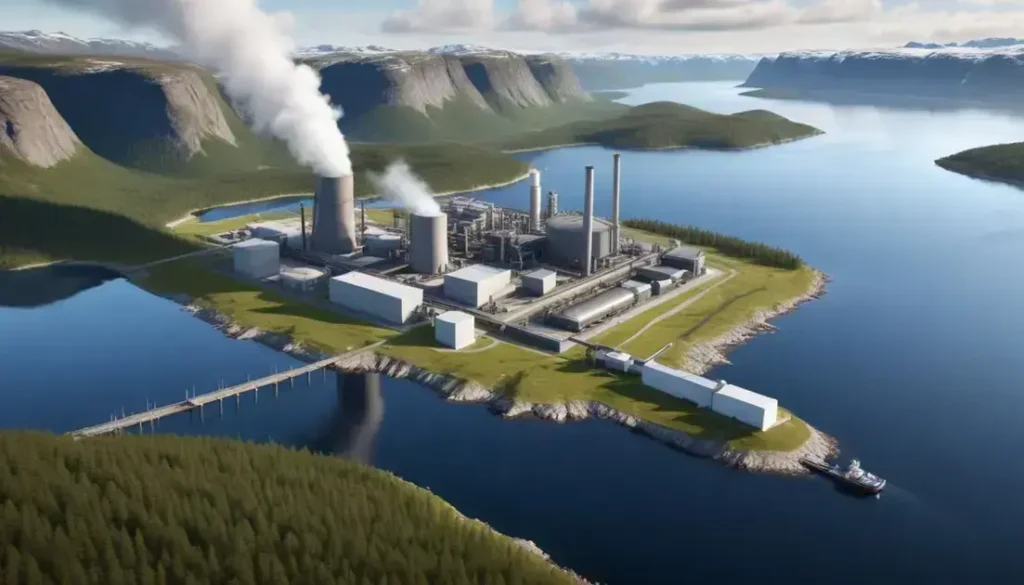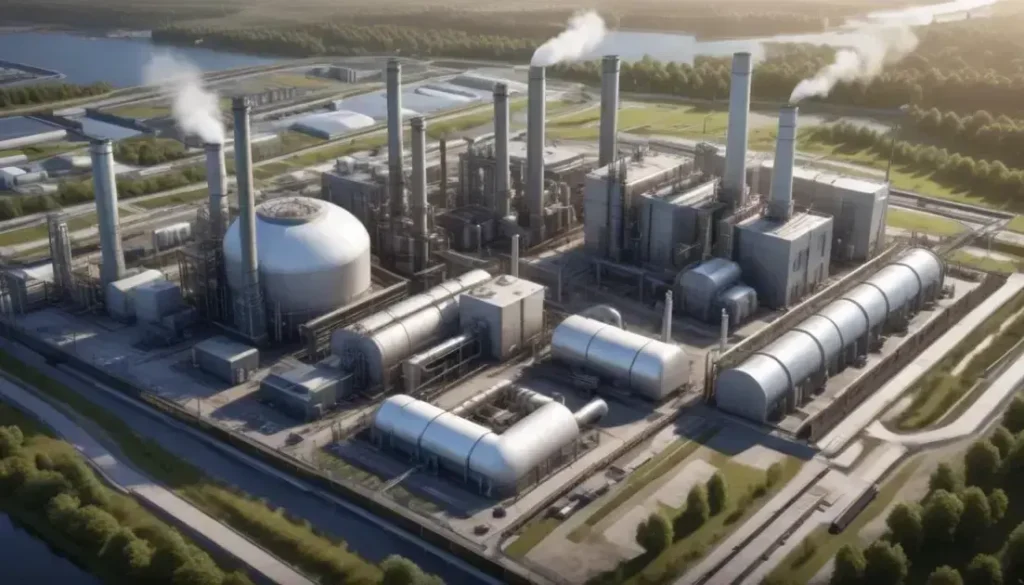Carbon capture technology is essential for reducing greenhouse gas emissions by capturing CO2 from industrial sources, helping to combat climate change and promoting sustainability across various sectors.
In an era where climate initiatives are crucial, Norway’s carbon capture project, Longship, sets a remarkable precedent for sustainable practices worldwide. Are US businesses ready to embrace these innovations?
A Model for Global Industry
The initiative surrounding Norway’s carbon capture project, Longship, serves as a pivotal model for global industry standards. This project not only showcases Norway’s commitment to reducing carbon emissions but also sets a benchmark for other nations looking to invest in sustainable technologies. By effectively capturing and storing carbon, countries can mitigate the adverse effects of climate change while bolstering their industrial sectors.
International Collaboration: Longship represents a collaborative effort between governments and private companies. It emphasizes the importance of partnership in advancing technology and innovation. Such collaboration can lead to shared knowledge and resources, significantly enhancing the effectiveness of carbon capture initiatives worldwide.
Additionally, the project highlights the vital role of sustainability in future economies. As countries strive to meet their climate goals, understanding how to integrate carbon capture into various industries will be essential. This approach not only helps in compliance with regulations but also in fostering green business practices that enhance overall competitiveness in a rapidly evolving market.
By learning from Longship, other nations can adapt its principles to their contexts, ultimately contributing to a more sustainable and resilient global economy. The challenge now lies in scaling these technologies effectively to achieve widespread adoption across different sectors.
Scaling for Impact
Scaling carbon capture technology is critical for maximizing its impact on reducing global emissions. Many companies are already investing in this innovative approach to help combat climate change. It is essential that these technologies are not only effective but also scalable to ensure widespread adoption.
Economic Viability: One of the main hurdles in scaling carbon capture is cost. As technologies improve, economies of scale can significantly lower implementation costs. Industry leaders must collaborate to innovate solutions that can drive down prices, making carbon capture feasible for more organizations.
Moreover, public and private investment plays a vital role in scaling these initiatives. Governments can provide incentives that encourage industries to adopt carbon capture technologies. This not only creates a sustainable economy but also promotes job creation in emerging green sectors.
To achieve significant reductions in greenhouse gas emissions, a multi-faceted approach is necessary. This includes building a solid infrastructure to support carbon capture systems, developing the necessary regulatory framework, and fostering partnerships across industries. Each effort will contribute to the broader goal of sustainability and climate resilience.
In Conclusion
As we move towards a more sustainable future, the role of carbon capture technology becomes increasingly important. It offers a viable solution for industries looking to reduce their emissions and meet environmental goals.
Scaling these technologies is essential for widespread adoption and effectiveness. Collaboration between governments, businesses, and research institutions will be key in driving innovation and lowering costs.
Investing in carbon capture not only helps combat climate change but also opens up new economic opportunities in green sectors. By embracing this technology, we pave the way for a cleaner, more sustainable planet. Together, we can make a difference and ensure a greener future for generations to come.
Frequently Asked Questions
What is carbon capture technology?
Carbon capture technology involves capturing carbon dioxide emissions from sources like power plants and industrial processes, preventing it from entering the atmosphere.
How does carbon capture benefit the environment?
By capturing CO2 emissions, carbon capture helps reduce greenhouse gases, contributing to climate change mitigation and promoting cleaner air.
What industries can benefit from carbon capture?
Industries such as energy, manufacturing, and cement production can significantly benefit from implementing carbon capture technologies to comply with environmental regulations.
What are the costs associated with carbon capture?
While initial costs can be high, technological advancements and economies of scale are expected to lower these costs, making carbon capture more accessible over time.
How can government policies support carbon capture initiatives?
Government policies can provide incentives, funding, and regulatory frameworks that encourage industries to adopt carbon capture technologies.
What is the future outlook for carbon capture technology?
The future looks promising, as more companies invest in carbon capture, and innovations emerge, leading to broader adoption and significant reductions in global emissions.


